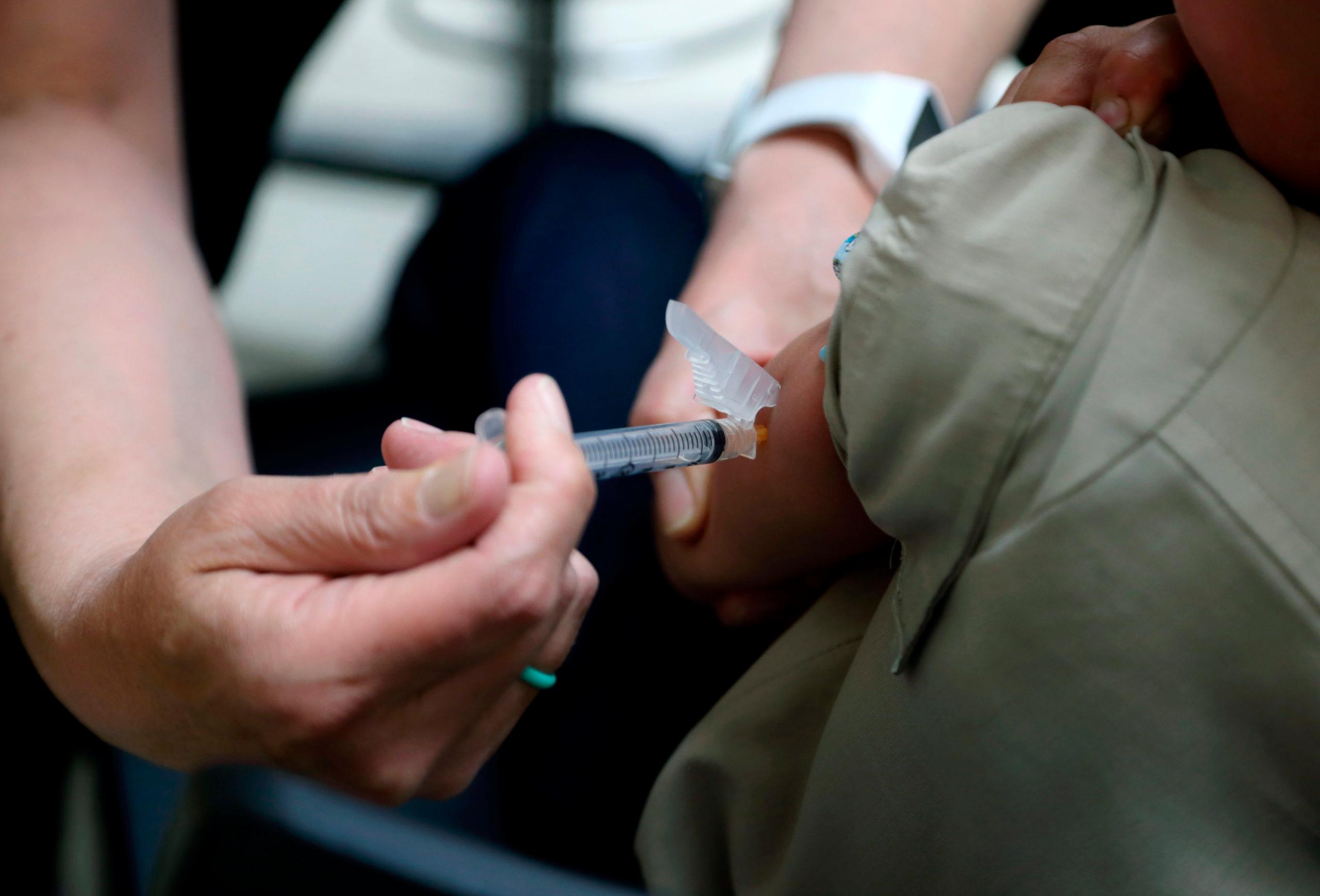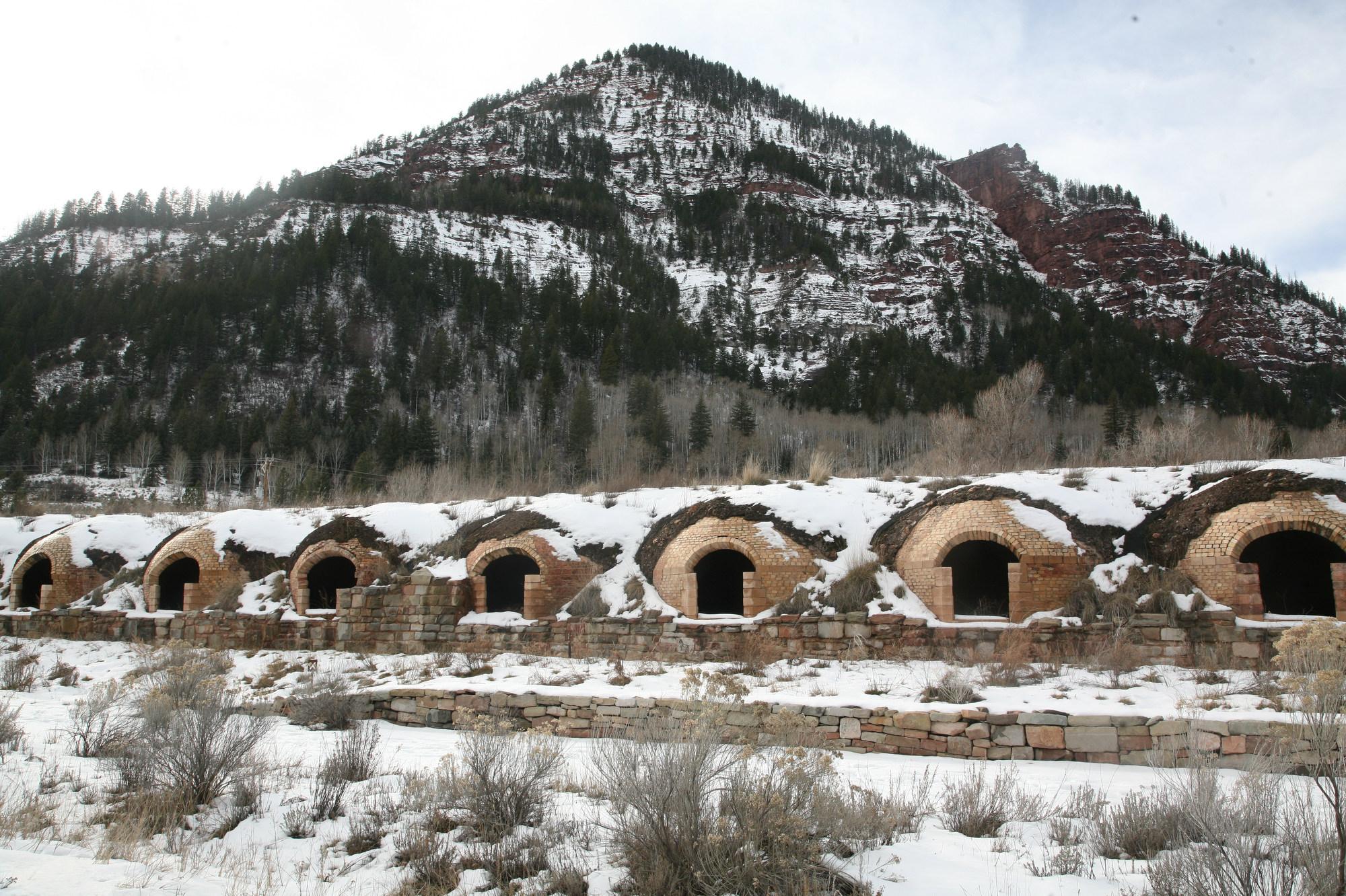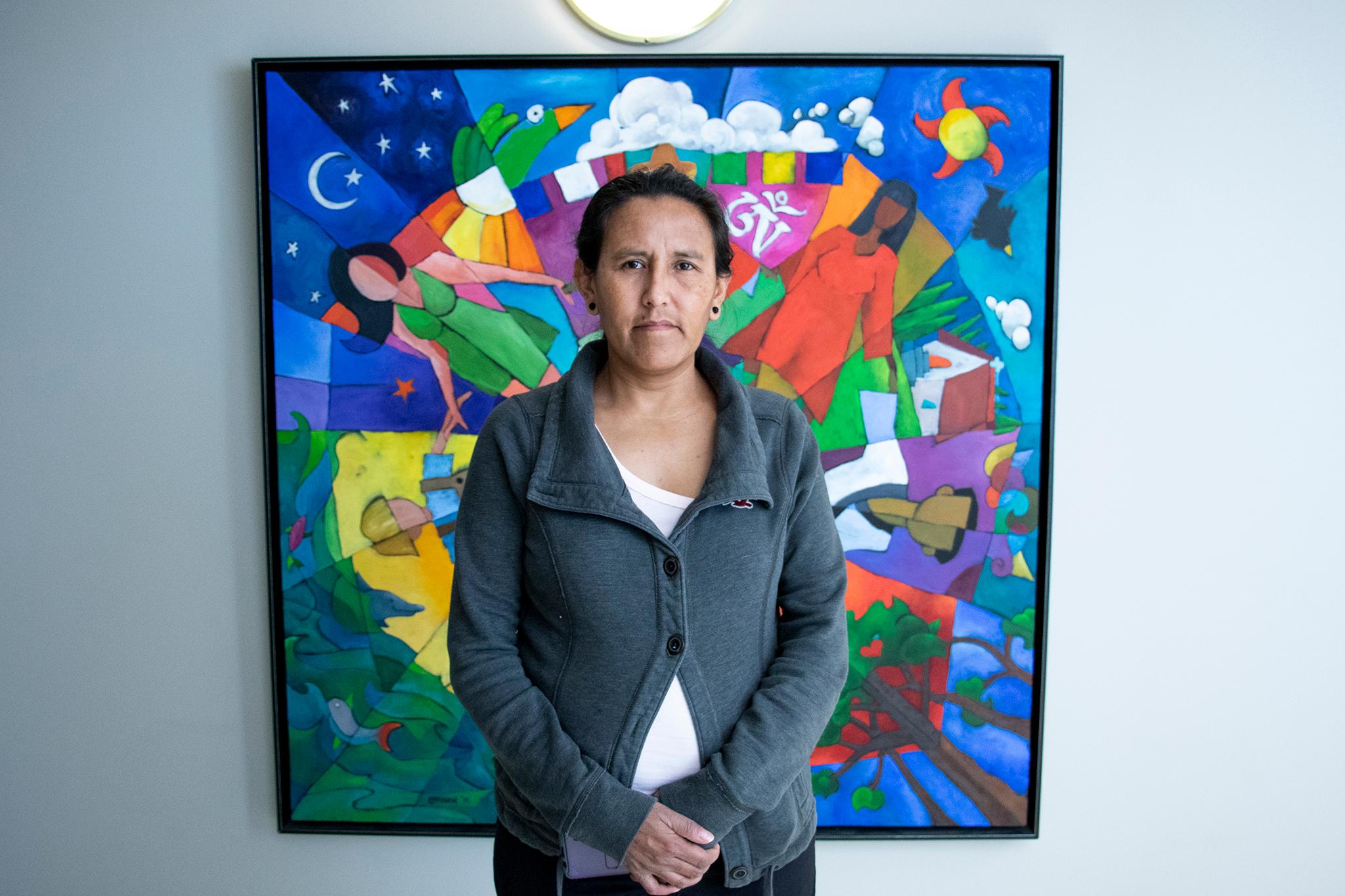
In 2019, there were about 58,000 kids in Colorado who were uninsured. That’s nearly the population of Grand Junction.
Rewind to 2015 and a historic low of 2.5 percent, or an estimated 33,000 children in Colorado, were uninsured, according to data compiled by the Colorado Health Institute. In 2016, the nation also hit a record low of uninsured kids at 4.7 percent. But the rate has been steadily increasing.
The increase isn’t the only concern. Data also reveals that Hispanic kids have been disproportionately affected. The rate for uninsured white kids has hovered around 3 percent since 2015 in Colorado, but in 2019, the rate for Hispanic children jumped to 7.9 percent.
“This is about fear, and I think given the rhetoric and what we've seen at the federal level in recent years, there are families who are really afraid that using public programs, enrolling themselves or their children in benefits is going to make them less likely to be able to stay here in the country,” said Allie Morgan, a director at the Colorado Health Institute.
Nationally, the rate of uninsured Hispanic children increased from 7.9 percent in 2017 to 9.2 percent in 2019. American Indian and Alaskan children have the highest uninsured rates nationally at 13.8 percent in 2019.
It’s thought that a strong economy in 2018 may have had some impact on insurance enrollment rates — when a family makes too much money they become ineligible for certain state or federal programs. But there are other factors researchers say have contributed to the enrollment declines, such as the repeal of the mandate penalty for the Affordable Care Act, reduced funding for outreach programs and what’s known as the “chilling effect” of proposed immigration policies.
A new study from Georgetown University shows the number of kids across the country without insurance has been growing since 2016 when the national rate was 4.7 percent. In 2019, it was 5.7 percent — that’s an increase of about 726,000 kids nationwide. Including Colorado, 29 states experienced statistically, significantly adverse changes in the rate or number of uninsured children between 2016 and 2019.
Studies have shown that just more than 40 percent of children in the U.S. have health insurance through government-sponsored programs such as Medicaid or state-funded Childhood Health Insurance Programs, known as CHP+ in Colorado. Earlier this year, CHP+ was almost eliminated in an effort to balance the state budget. Cutting the program would have saved the state $60 million, but 80,000 kids and pregnant women would have lost health insurance.
Children with health insurance are more likely to access health care and receive early care for health problems, and they’re at a lower risk for hospitalization. The benefits extend beyond health outcomes -- health insurance coverage has been linked with better educational outcomes like higher reading scores. Families with Medicaid have more money for food and housing, resulting in less financial insecurity.
Neither the data from Georgetown, which pulls from a U.S. Census Bureau survey, nor the data compiled by the Colorado Health Institute, which relies on the Colorado Health Access Survey, cover the insurance rates during the pandemic.
“A lot of kids, for example, are covered through employer-sponsored insurance plans that their families have. And with all of the challenges that we've seen this year and the huge spike in unemployment, I imagine a lot of families have lost employer-sponsored insurance coverage,” Morgan said. “And then the question is have their kids gained coverage elsewhere if they've lost a plan? And so we're expecting the numbers, unfortunately, to look worse next year.”
However, there was an unprecedented number of Coloradans who enrolled in Medicaid due to the pandemic earlier this year. It’s not yet clear how that enrollment spike will impact overall numbers.









